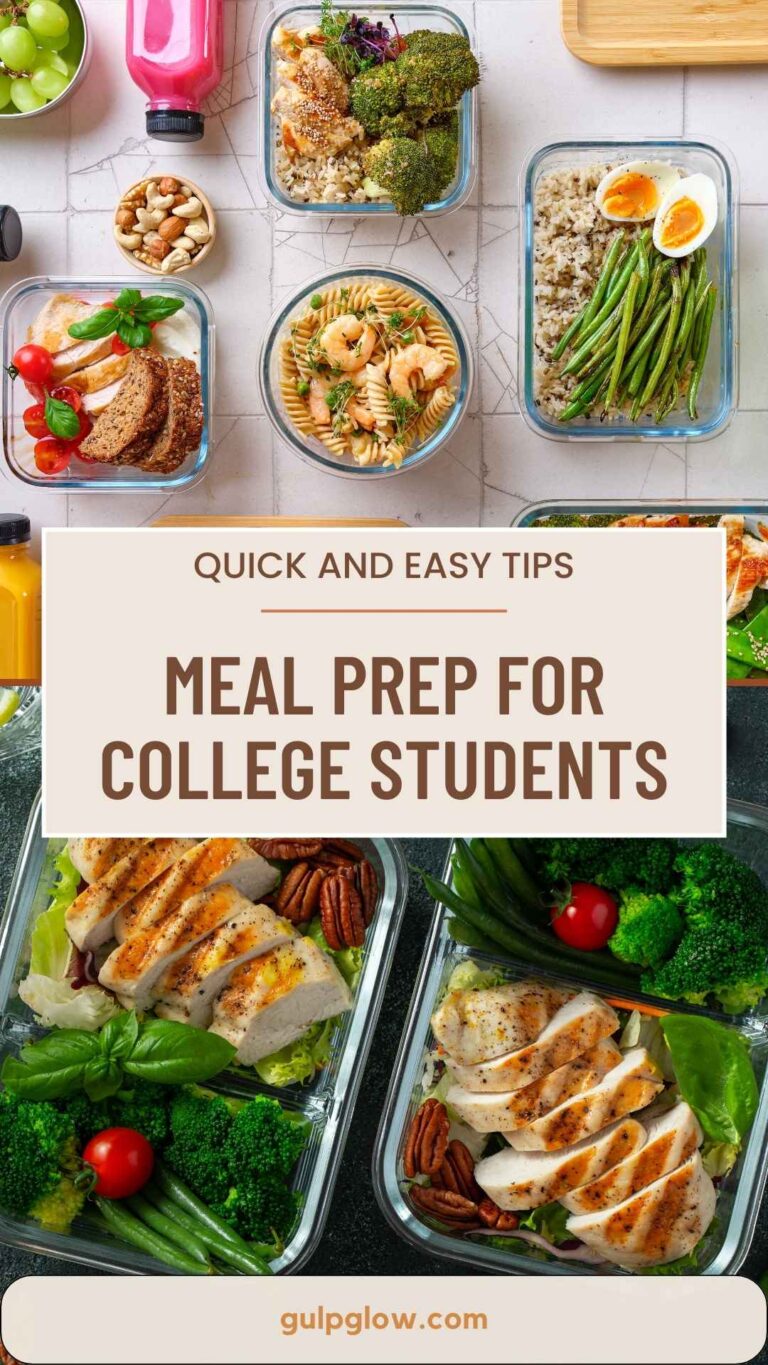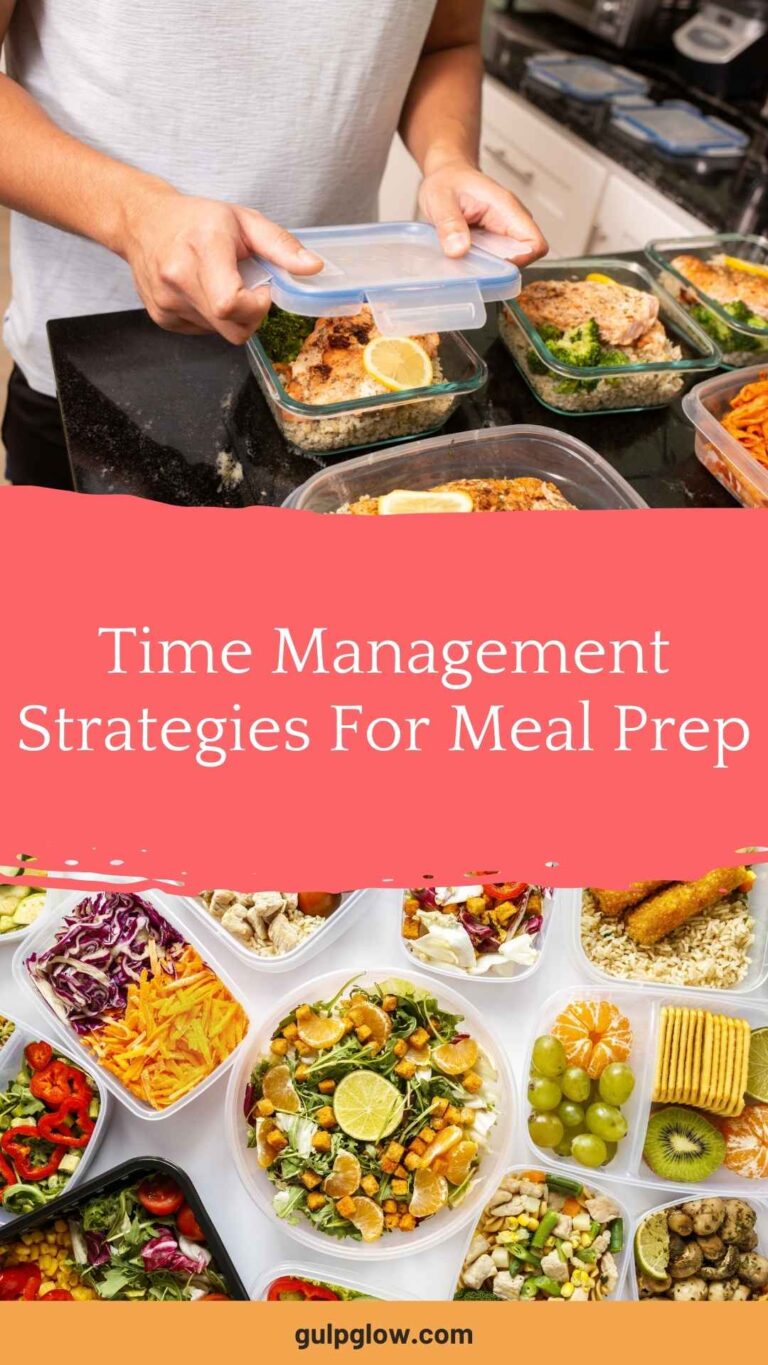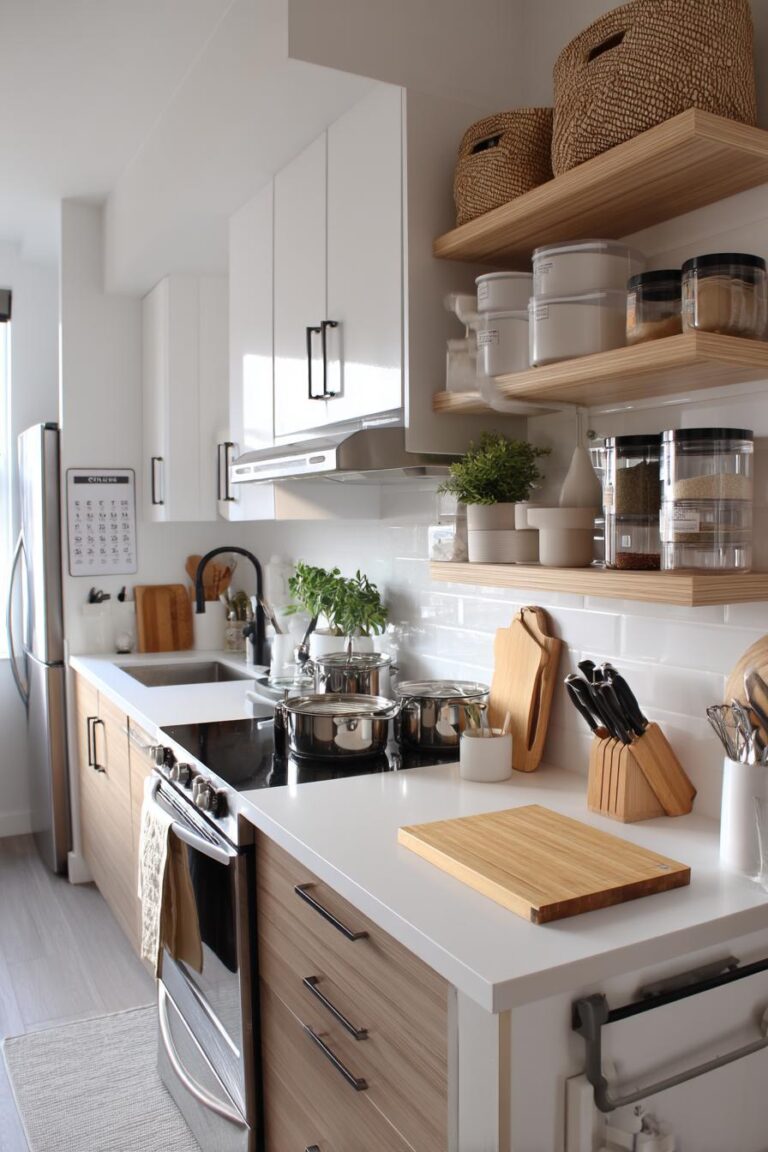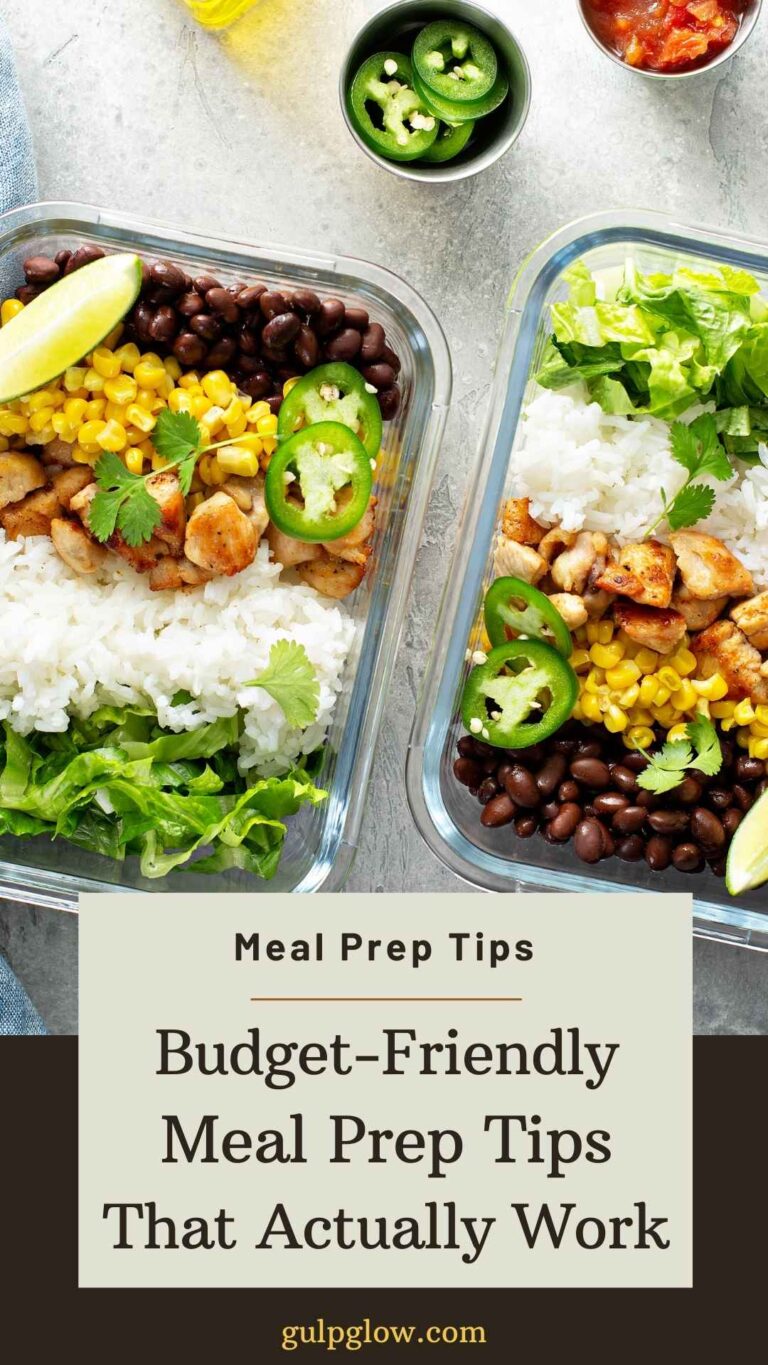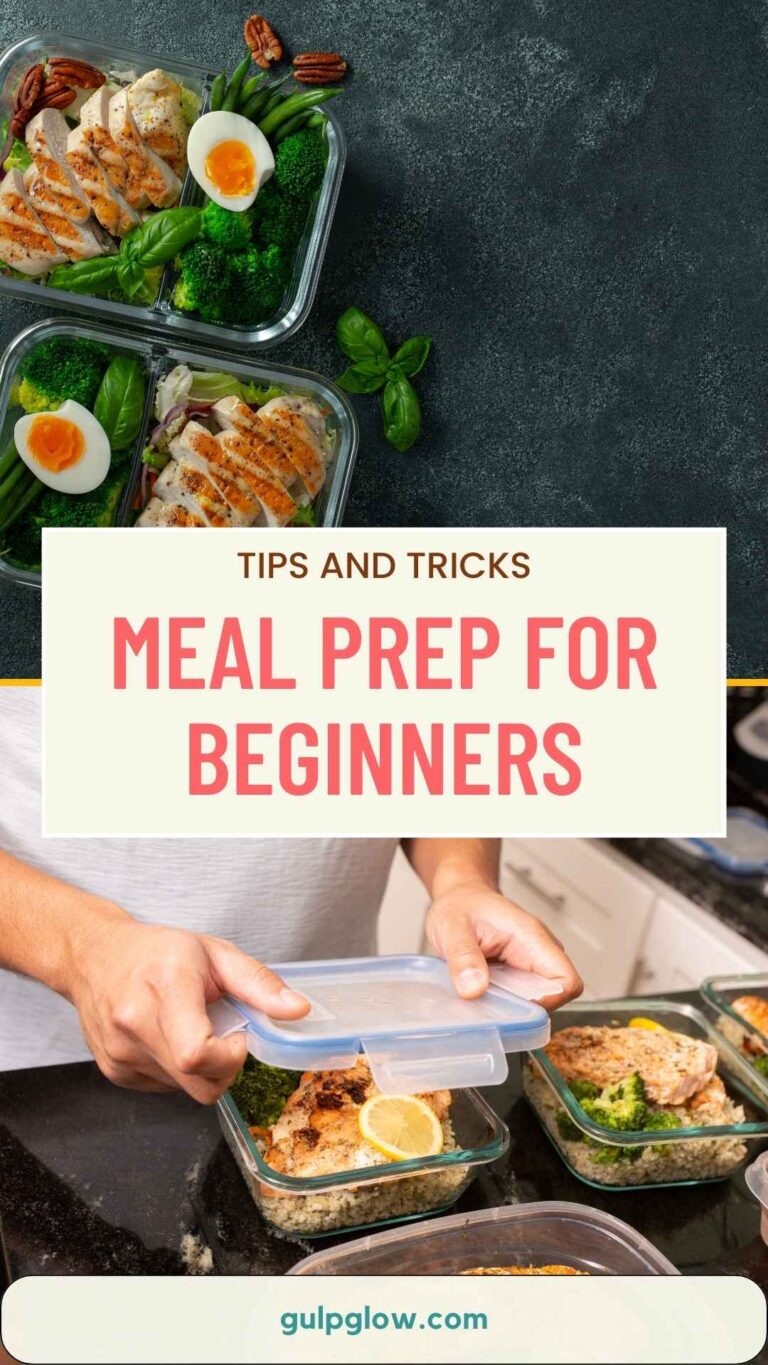Meal Prepping vs. Meal Planning vs. Batch Cooking: Which One Fits Your Lifestyle Best?
When you’re trying to save time and eat better, you’ve probably heard about meal prepping, meal planning, and batch cooking. People tend to lump these together, but honestly, they’re not the same thing. Meal prepping is prepping actual meals or ingredients in advance, meal planning is about figuring out what you’ll eat for the week, and batch cooking is cooking big batches of food to stash away for later.

Knowing which is which can make life a lot easier. If you crave variety and like some structure, meal planning could be your thing. But if you’re after grab-and-go meals, batch cooking or meal prepping might suit you better.
Honestly, figuring out these methods can really take the stress out of kitchen time. Whether you want to cut costs, waste less food, or just eat better, picking the right style can make a difference.
What Is Meal Prepping?

Meal prepping is just making meals or parts of meals ahead of time—usually for a few days or the whole week. It’s a huge time-saver, helps you eat better, and lets you control your portions. You whip up your food in advance, store it, and it’s ready when you need it.
Key Benefits of Meal Prepping
Meal prepping lets you skip daily cooking by having meals ready to go. You set aside a few hours once or twice a week and knock out several meals at once. It’s easier to eat healthy because you decide what goes in and how much.
It’s also a great way to cut down on food waste since you only prep what you plan to eat. Buying in bulk for meal prep can lower your grocery bill, too. Plus, it’s super handy for quick lunches or dinners when you’re tired or busy.
Meal Prepping for Different Dietary Needs
If you’re following a special diet, meal prepping can help you stick with it. Say you’re eating low-carb, vegetarian, or gluten-free—just prep meals that fit your needs and you’re set.
You can tweak portions to match your goals, whether that’s losing weight or gaining muscle. Having custom meals ready keeps you from reaching for junk food because you’ve already got something that works for you. It’s less stressful, honestly.
Essential Tools and Containers for Meal Prepping
Meal prep goes smoother if you’ve got the right gear. You’ll want good storage containers that keep food fresh and stack easily in your fridge or freezer. Look for ones that are BPA-free, microwave-safe, and leak-proof.
Containers with built-in portion control help keep your meals healthy. Some folks also like using a slow cooker or food processor to speed things up. Don’t forget to label your containers with dates—it’s a simple way to keep track of what’s fresh.
What Is Meal Planning?

Meal planning is all about deciding what you’ll cook and eat for a stretch of time. It keeps you organized, helps you save money, and makes it easier to eat well by choosing meals that fit your goals.
How to Create an Effective Meal Plan
Start with recipes you actually like and that fit your weekly schedule. Think about how many meals you need and mix in proteins, veggies, and grains.
Jot down each meal for every day—snacks, too, if you want. Keep things simple; complicated meals take more time. Adjust portions for your household so you’re not tossing extra food.
Good plans balance flavors and nutrition. Planning ahead means you’re less likely to grab fast food or eat whatever’s easiest at the last minute.
Grocery Shopping and List Preparation
Use your meal plan to make a grocery list. Group things by store section—produce, dairy, pantry stuff—it’s just quicker that way and helps avoid buying random extras.
Check your fridge and pantry before you shop so you don’t double up. Staples like rice or beans are often cheaper in bulk.
Try to stick to your list. It’s easy to get sidetracked, but it really helps keep your budget in check and makes sure you’ve got what you need for your planned meals.
Aligning Meal Planning With Nutrition Goals
Line up your meals with your nutrition needs. If you’re after weight management, focus on lean proteins and lots of veggies. Need more energy? Whole grains and healthy fats can help.
You can plan around food allergies or preferences, too, so every meal actually works for you. Tracking calories or macros while you plan can help with portion sizes and making sure you’re on track. It’s not always perfect, but it keeps things moving in the right direction.
What Is Batch Cooking?

Batch cooking is basically making a ton of food at once so you can eat it over several meals. Usually, you cook big amounts of different ingredients, then mix and match them later for variety. It saves time, helps you waste less food, and buying in bulk often means you spend less.
How Batch Cooking Works
Pick a few recipes or ingredients you can cook in large amounts. Cook everything at once—maybe with a pressure cooker or Instant Pot to make it faster.
Once it’s cooked, split the food into containers for the fridge or freezer. Then you just reheat or combine things as needed throughout the week. Less daily cooking, less cleaning. Planning the right amount helps you avoid a fridge full of leftovers that never get eaten.
Best Ingredients and Recipes for Batch Cooking
Go for foods that store and reheat well. Rice, beans, roasted veggies, soups, and stews are all solid choices. Proteins like chicken, ground beef, or tofu hold up pretty well, too.
Big-batch recipes like chili, lasagna, curries, or casseroles are perfect here. They’re easy to double and freeze. Try to use spices and veggies you actually like—otherwise, eating the same thing for a few days gets old fast.
Comparing Meal Prepping, Meal Planning, and Batch Cooking
| Method | Definition | Time Savings | Cost Savings | Best For |
|---|---|---|---|---|
| Meal Prepping | Cooking full meals or parts of meals in advance | Moderate (a few prep sessions/week) | Moderate (bulk buys & less waste) | Portion control & quick grab-and-go |
| Meal Planning | Mapping out what you’ll eat (and shop) all week | Low (planning only) | High (avoids impulse buys) | Budget management & balanced diet |
| Batch Cooking | Making large batches of dishes to store & reheat | High (cook once, eat many) | Moderate (bulk ingredients) | Time-starved cooks craving variety |
All three help you stay organized with meals, but they work in their own ways. You’ll probably save time and money with any of them, but which one clicks for you depends on your routine.
Similarities and Differences
Meal prepping is prepping and assembling meals ahead—usually for a few days at a time. You might chop everything or fully cook meals so you can just grab and eat.
Batch cooking is all about cooking big amounts of one or more dishes. You freeze or store portions for later, which gives you options throughout the week.
Meal planning comes first. It’s simply deciding what you’ll eat and shopping for those ingredients. That alone can cut down on waste and keep you from buying random stuff.
Each method makes daily meal decisions easier. Meal prepping and batch cooking are more about saving time during the week, while meal planning can save both time and money by organizing things before you even start cooking.
Which Method Saves the Most Time and Money?
Batch cooking usually wins for pure time savings—you cook a lot at once, so you’re not stuck in the kitchen every night.
Meal prepping is a close second, especially if you like having meals portioned and ready. You put in more time up front, but it pays off later.
Meal planning is your best bet for saving money. When you know exactly what you need, you’re less likely to overbuy or waste food.
If you mix meal planning with batch cooking or prepping, you can really maximize those savings. Buying in bulk and cooking less often just makes sense.
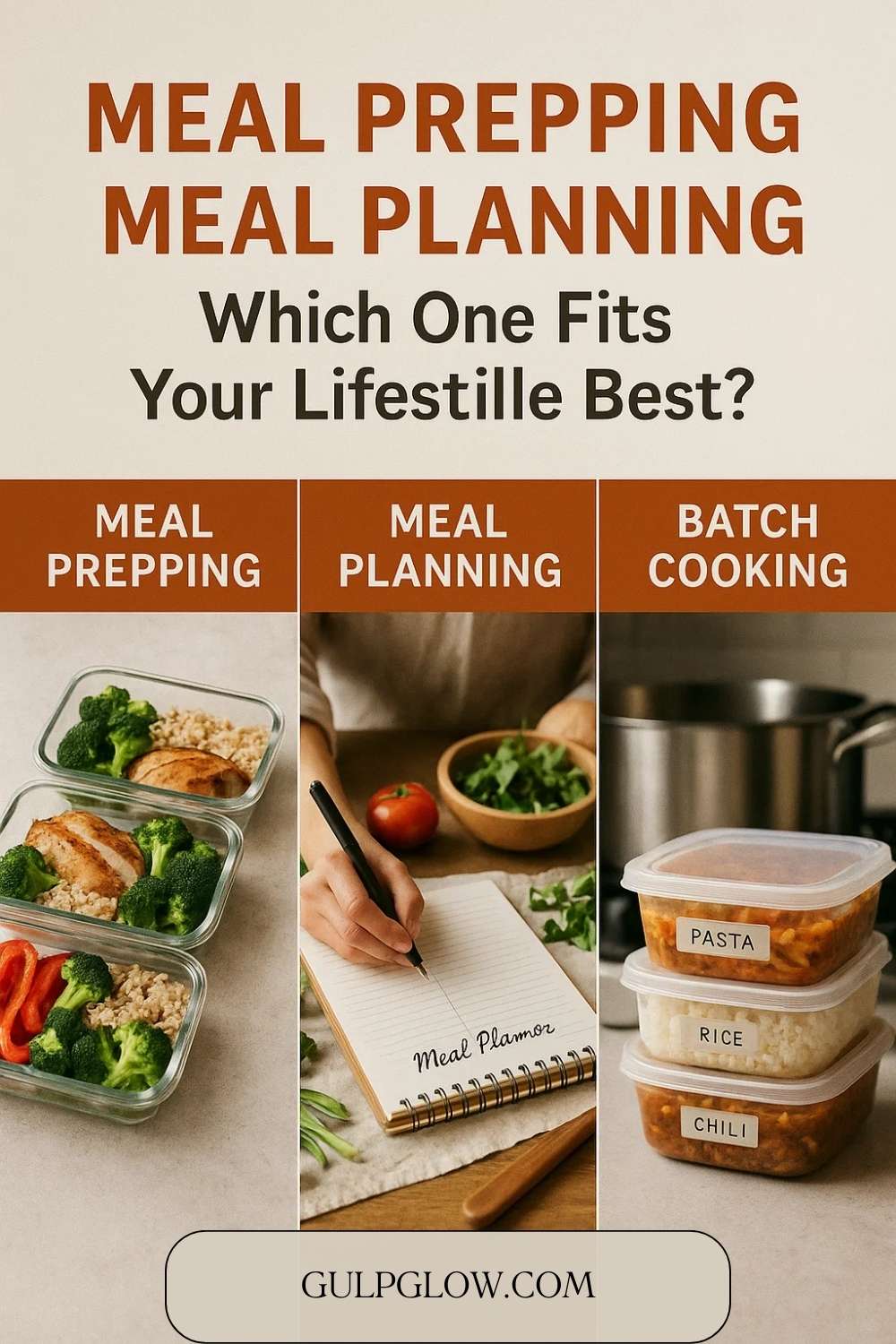
Practical Tips for Success
Want to save time and eat better? Plan your meals and cook in batches. It’s not always perfect, but meal prep can help you dodge last-minute takeout and spend more time with your family.
Time-Saving Strategies
Pick one day each week to plan meals and shop for groceries. Make a list based on what you actually want to eat so you’re not wandering the store aimlessly.
Batch cooking is a lifesaver. Cook big portions and freeze what you won’t eat right away. Fewer cooking days, more quick meals when you need them.
Use containers that stack well in your fridge or freezer. Label everything with dates and what’s inside—trust me, it’s easy to forget.
Prepping ingredients like chopping veggies or marinating meat ahead of time can shave minutes off your cooking later.
Maximizing Family Time and Healthier Eating
Meal prep puts you in control of what’s in your meals, so you’re more likely to eat healthy. It’s easier to skip drive-thru dinners when you’ve got something tasty and ready to go.
Try getting your family involved. Planning and cooking together can be fun and actually helps everyone eat better.
Plan meals everyone enjoys and mix in different fruits, veggies, and proteins. Balanced meals keep everyone satisfied and in better moods, honestly.
Stick with simple, budget-friendly recipes. You’ll waste less food and avoid those annoying last-minute store runs that eat up your free time.
Storing and Reheating: Safety and Best Practices
Keeping meals fresh and safe comes down to storing and reheating food the right way. That way, your leftovers stay tasty, and you avoid waste or getting sick.
Food Storage and Shelf Life
Let cooked food cool down quickly before you stash it in the fridge or freezer. Put leftovers in airtight containers—it saves space and keeps out moisture. Slap a date on each one so you know what’s what.
Most cooked meals last 3-4 days in the fridge. If you need to keep food longer, toss it in the freezer—most meals are fine for 2-3 months. Don’t stack containers too tightly so cold air can circulate.
Keep fresh produce away from cooked stuff to avoid cross-contamination. When you add new food, push older stuff to the front so you use it up first.
Reheating Meals Safely
Heat your food until it’s steaming hot all the way through—aim for about 165°F (74°C). That temperature knocks out most bacteria that might’ve shown up while your leftovers sat in the fridge. Grab a microwave-safe dish or just switch containers if you’re unsure about the one you’ve got.
Steer clear of reheating food in plastic containers that aren’t meant for heat. Some plastics can leach nasty chemicals when they get hot—nobody wants that. If you’re using the microwave, toss a microwave-safe lid or wrap over your food to help it stay moist.
Honestly, just reheat what you know you’ll eat. Warming up the same food over and over? That’s a no-go for taste and safety. Give your food a good stir halfway through to make sure it heats evenly.


